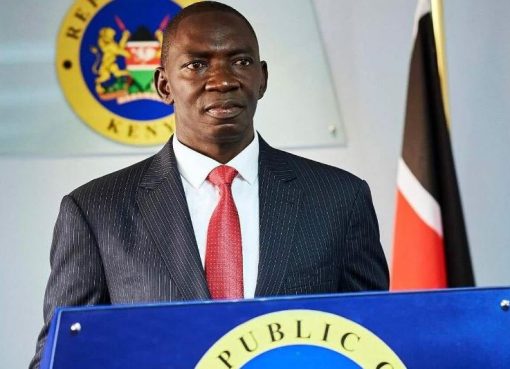The Energy Progress Report released by World Bank has shown that electricity access rate in Kenya is the highest in East Africa.
According to the report covering the period up to 2016, electricity access rate in Kenya stood at 56 percent compared to Tanzania’s 32.8 percent, Rwanda 29.37 percent, Uganda 26.7percent and Burundi 7.5 percent.
It also indicates that electricity access rate in the country stood at 73.42 percent as at the end of April 2018 and attributed the progress to various national electrification projects being undertaken by Kenya Power such as the Last Mile Connectivity Project and GPOBA that targets informal settlements in urban areas and low-income households in the rural areas.
A press statement availed to newsrooms from Kenya Power, stated that Kenya has also been listed among countries that have made much gains in ensuring that more citizens access electricity for lighting, cooking and for driving businesses.
“Access to electricity among the rural population increased from 7.17 percent in 2010 to 48.39 percent while that of the urban population grew from 58.2 percent to 77.6 percent,” the company said.
The Energy Progress Report also shows that tens of millions of people in East Africa now have access to electricity through solar home systems or connected to mini-grids.
The report comes at a time when Kenya Power is working towards achieving universal access to electricity by 2020, and using technological advancements to upgrade its systems to enhance service delivery to its customers.
To achieve this target, the company intends to ride on the ongoing electrification projects as well as increase investment in the distribution network by building additional substations and associated lines to accommodate new customers and enhance the quality of power supply.
According to the report, Kenya, Bangladesh, Ethiopia and Tanzania increased their electricity access rate by 3 percent or more annually between 2010 and 2016, noting that Sub-Saharan Africa’s electrification deficit has begun to fall in absolute terms for the first time.
By Bernadette Khaduli



